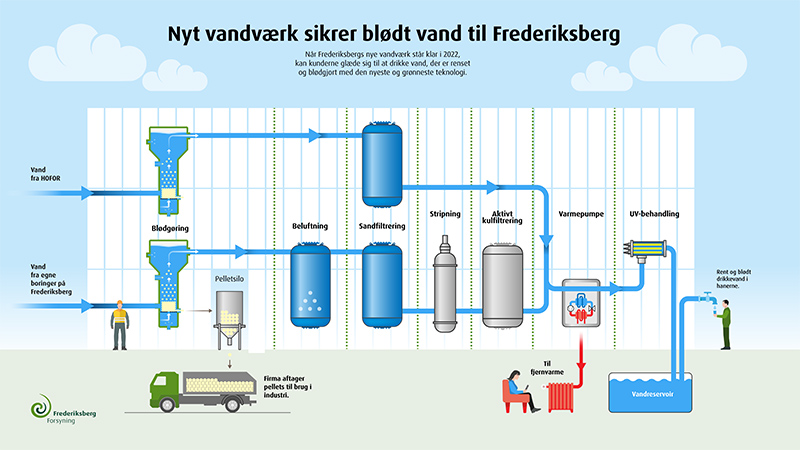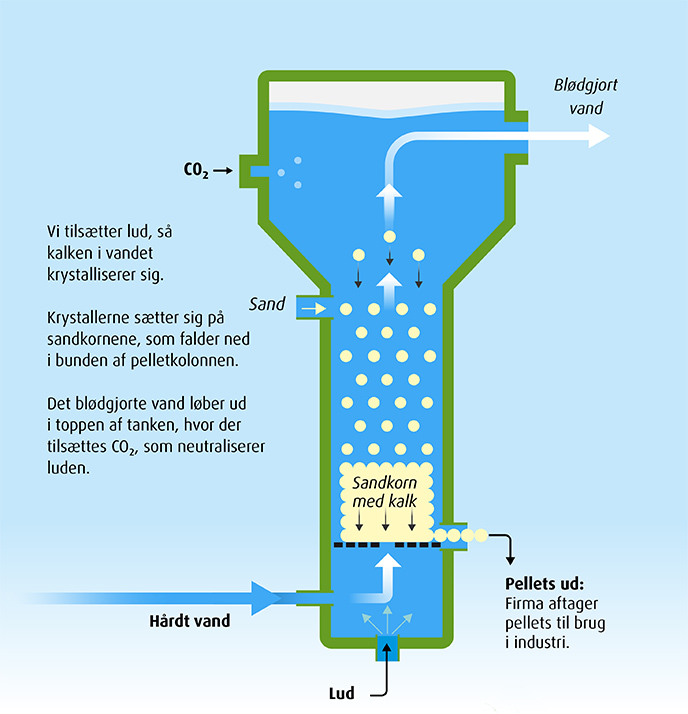Softer water in Frederiksberg in 2022
This autumn, the tap water in Frederiksberg will be softened. The water hardness is currently 30 dH (German hardness measure), while the softened water will have a hardness of 8-12 dH. This is categorised as medium hard water. We are currently testing the new facility and therefore send softened water into the water pipes from time to time, though not on a full scale. You may therefore have noticed that the water is sometimes softer than it usually is.
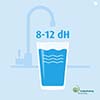
Soft or medium soft?
The tap water in Frederiksberg will be softened at the new waterworks. It will go from hard to medium hard – or from a hardness of 30 dH to a hardness of 8-12 dH. dH is a German measure (Deutsche Härte). The decision to soften the water to 8-12 dH has taken much deliberation. Because if the water hardness drops below 8 dH, which is categorised as soft water, the risk of corrosion of water pipes and installations increases – that is, without limescale, the pipes will start to leak. With medium hard water, though, the risk of corrosion damage should be minimal.
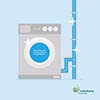
Why is soft water better for the environment?
By softening the water, we are able to reduce the amounts of cleaning agents, washing powder, soap and softeners we use. This will ease the cleaning process at the sewage works, which saves energy, and because we will see less limescale on domestic appliances, their energy consumption too will be reduced. Increased energy efficiency means reduced CO2 emissions.
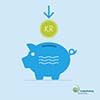
Why is soft water better for my wallet?
Beginning in 2025, the cost of tap water will increase, as softening the water costs money. But at home, consumers can save money in a number of ways.
Because of the softening, the cost of tap water will increase by approx. DKK 4.50 per m3 beginning in January 2025. According to our calculations, the average family can expect a price increase on tap water of approx. DKK 350 a year, mainly due to the expense of our new, ultramodern waterworks and softening facility.
In return, the average family can save approx. DKK 500 a year through i.a. lower electricity consumption, reduced expenses for cleaning agents, soap, shampoo and descaling products – not to mention the fact that the service life of your kettle, coffee maker, washing machine and dishwasher will increase by 50 per cent.
The economy will also benefit from the fact that the waterworks will find less phosphorus in the waste water – from cleaning agents and soap – resulting in a saving of DKK 1.5-8.5 per m3. We will see the largest savings in areas with the hardest water, including Frederiksberg.

How will it affect my everyday life?
You can save on soap, shampoo and cleaning agents, using around half of the amount you currently use. You can also look forward to spending less time cleaning, e.g. removing limescale from the kettle, toilet etc. You may also notice that the water tastes – or feels – different, that your clean clothes are softer than usual, and that your hair feels softer after you have washed it.
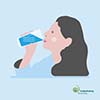
Will the water taste different?
Softened water may taste different. Most people are unlikely to notice the difference, while others will notice that the composition of elements in the water has changed. Most people agree that softened water is better for making coffee and tea. This is because the aromatics are released more easily into the water once softened – plus you do not have to deal with flakes of limescale.
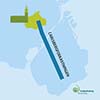
What is good drinking water?
Water is not just water. It contains a number of salts and minerals that are good or even essential for the human body, and which add flavour to the water. The tap water in Frederiksberg comes from the Carlsberg Fault, a huge underground lime pocket, and it therefore contains a lot of calcium. At the waterworks, we remove unwanted substances from the water, including large amounts of calcium which cost society a lot of money, i.a. in the form of descaling products. The result is healthy, clean and cheap drinking water.
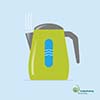
Will I never have to deal with limescale again?
We cannot remove calcium completely from the softened water you will have in your taps from October. This means that you still have to descale the kettle, drain, tiles etc., but not as often as you used to.

Are there any disadvantages to softened water?
Some specialists point out that the softening process removes fluoride from the water – that is, flour, which helps protect your teeth from caries. However, the dentists in Brøndby Municipality, which introduced softened water 2.5 years ago, have not seen a recent increase in cavities.
Others are critical of the idea of removing calcium from the water, because the human body needs it. First, we do not remove all calcium from the water, and second, all kinds of everyday foods provide us with calcium, including dairy products like milk and cheese as well as vegetables like broccoli and kale.
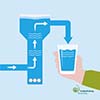
How do we soften the water?
The new waterworks is equipped with a softening facility. Here, calcium is precipitated on a sand surface using lye (NaOH), which causes the calcium to crystallise around the sand particles, creating small calcium pellets that deposit and are then removed. This process increases the pH value of the water. Therefore, we add CO2 to the water to return the pH value to neutral. This is known as the pellet method. We have used lye within food production for many years, e.g. to remove the bitterness of fresh olives, and it is found in almost all manufactured bread, where it helps to give the bread a crisp crust. In addition, it is part of local specialties such as the Norwegian dish lutefisk.

What happens to the calcium we remove from the water?
The new waterworks is equipped with a softening facility. Here, calcium is precipitated on a sand surface using lye (NaOH), which causes the calcium to crystallise around the sand particles, creating small calcium pellets that deposit and are then removed. In fact, we produce 1.4 tons of calcium pellets a day, and we are currently working on finding buyers for our calcium pellets. Due to the high level of calcium in the pellets, they can be used for a number of different purposes, i.a. liming of garden soil and farmland (soil improvement), filler, carpets, concrete, chicken feed and neutralisation of acid in e.g. waste water. In fact, this is a good example of sustainable reutilisation.
How does the waterworks work?
Click on the image below to see an illustration of the new waterworks (PDF).
About the waterworks
-
The new waterworks are equipped with a unique heat pump system. The heat pumps extract energy from the water and pass the heat onto the district heating system. We thus exploit a local energy source and minimise the district heating system’s dependency on i.a. bio mass.
-
The new waterworks are also equipped with modern technology, which strengthens the water treatment process, and a pressure surge control, which helps maintain a stable water pressure, further reducing the risk of ruptures in the pipes.
See pdf with an illustration of the softening process by clicking on the image below.
Recommendation: Turn off your local water softener
We recommend that you turn off local ion exchange-based water softeners if the water is used for drinking or cooking. If you do not turn off the system, the salt (sodium) content will exceed the threshold value.
Change the settings on domestic appliances
Dishwashers: Set the machine’s softening system (if it has got one) to medium hard water (8-12 dH), typically under Settings. If you are using multi-function tablets, you should no longer have to add salt or dishwasher rinse, as most of the calcium has already been removed from the water.
Washing machines: A lot of new washing machines have an auto-dosing system, which means that you do not have to worry about using the right amount of washing powder. If your washing machine does not have such a mode, you should adjust the amount of washing powder you use to medium hard water (8-12 dH). You should no longer have to add fabric softener.
Descale your appliances to prepare for the new water
It can be a good idea to descale your water-consuming appliances, e.g. the kettle and washing machine, as well as taps and shower heads to prepare for the softened water.
See video (time lapse): follow the process of building the waterworks
See video - water softening tanks are installed
Facts on Frederiksberg's water

